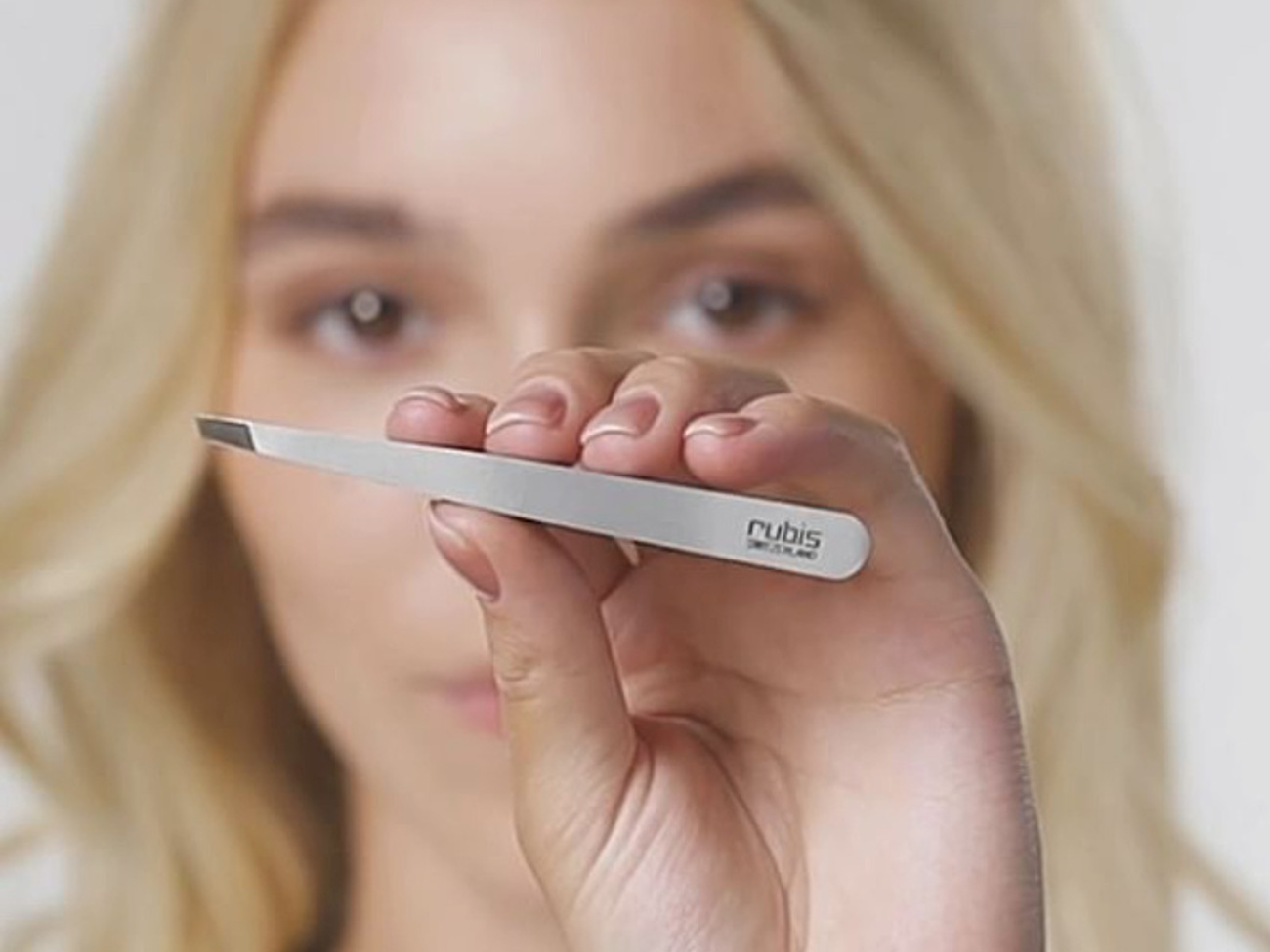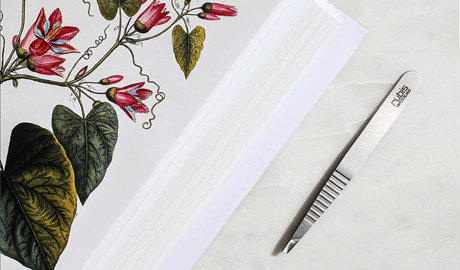Important tips for choosing the right cosmetic tweezers

Different tips and their use
There are different types of tweezer tips, and each is suitable for specific tasks. Here are some of the most common tip types and their uses:
Slanted tip: A slanted tip is versatile and great for shaping and plucking eyebrows. The bevelled edge enables precise gripping and plucking of the hair.
Pointed tip: A pointed tip is best suited for plucking stubble and removing fine hairs. It enables precise work, especially in hard-to-reach areas. It can also be used to remove blackheads.
Evolution tip: The Evolution tip is a mixture of a pointed and angled tip. It is an all-rounder and particularly suitable for ingrown hairs.
Straight tip: The tweezers with a straight tip are a good universal tool, e.g. for removing body hair.
Material quality and grip
The material quality and grip of tweezers are also important factors when choosing the right tool. Here are some points you should pay attention to:
Stainless steel: High-quality Rubis cosmetic tweezers are made of stainless steel. This material is durable, hygienic and easy to clean. This also applies to our gold-plated tools.
Grip: Look for tweezers with a non-slip grip, such as our ProGrip tweezers. An ergonomic design and a comfortable grip enable precise handling and reduce hand fatigue.
Application-specific tweezers
Depending on your specific needs, there are also application-specific tweezers that have been developed for specific tasks. Here are some examples:
Needle Nose tweezers: These tweezers have a pointed tip and a handy handle. They are ideal for ingrown hairs.
Safety tweezers: These tweezers have a rounded tip that is good for sensitive skin.
Ion tweezers: These tweezers are coated with silver ions and therefore have a bactericidal effect.
Care and cleaning of tweezers
To prolong the life of your tweezers and maintain their performance, regular care and cleaning is important. Here are some tips for caring for your cosmetic tweezers:
Cleaning: Clean your tweezers thoroughly with warm water and soap after each use. Make sure to remove any hair, make-up residue or other debris.
Disinfection: Disinfect the tweezers regularly, especially if you are using them to remove blackheads or ingrown hairs. Use alcohol or a disinfectant detergent for this purpose. If you disinfect your tools very frequently, stainless steel tweezers are best suited for this. Lacquered tweezers can suffer in the long term. In this case, you should only clean the tip with a disinfectant.
Storage: Store your tweezers in a clean and dry place to prevent rust or contamination. Always use our supplied silicone cap to protect the sensitive tip.












